Power generation
Power generation is the primary purpose of almost any nuclear reactor. Reactors come in many shapes, sizes, and variants, but they all follow a similar set of principles.
The nuclear fission reaction in the reactor core releases huge amounts of heat. This heat is carried away by the reactor coolant and is used to boil water, turning it into steam. Steam is sent through large turbines, which extract energy and transfer it to electrical generators. From there, electricity is exported to the grid.
For a more detailed explanation, visit our ‘Turning Heat into Electricity‘ page.
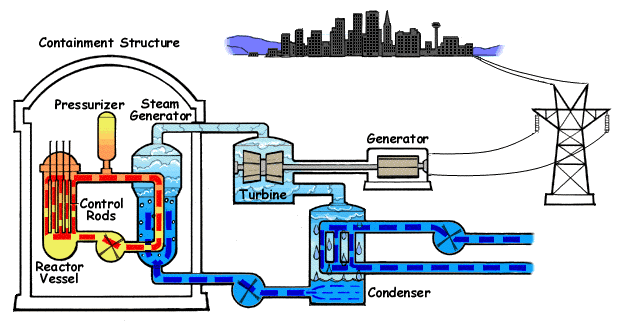
Breeding more nuclear fuel
Breeder nuclear reactors are a specialised type of nuclear reactor which produces more fissile material than it consumes. This was particularly attractive when uranium resources were thought to be limited.
While this may initially sound like infinite energy, the mechanism is actually relatively simple. The core is loaded with fissile material and typically surrounded by fertile material. When the reactor core is running it is releasing a huge amount of neutrons. Some of these sustain the fission reaction, while others leave the core. In a typical reactor they would be absorbed by objects like the reactor pressure vessel. In a breeder reactor they are instead absorbed by the fertile material around the core, converting it to fissile material. The newly converted fissile material can be moved into the core, and is replaced with more fertile material. The cycle can then begin again.

Creating medical radioisotopes
Some nuclear reactors are used to irradiate atoms to make them radioactive. The radioactive isotopes, called radioisotopes, are then turned into radio-chemicals. These form the basic materials used in nuclear medicine.
One particular use of radioactive substances in nuclear medicine is imaging the body. The radioisotopes are tagged onto molecules based on biological characteristics. When these molecules are introduced into the body, their whereabouts and movement can be monitored thanks to the radiation being emitted. This process can provide valuable insights about the internal workings of the patient. Radioisotopes used for this purpose typically have very short half-lives and will therefore rapidly diminish after having fulfilled their purpose.
Another well know example of nuclear medicine is localised radiation therapy for conditions like cancer. The harmful effect of radiation on living tissue is used to carefully kill off cancerous growths which are otherwise difficult to treat. This avoids the need for complex and risky invasive surgeries.
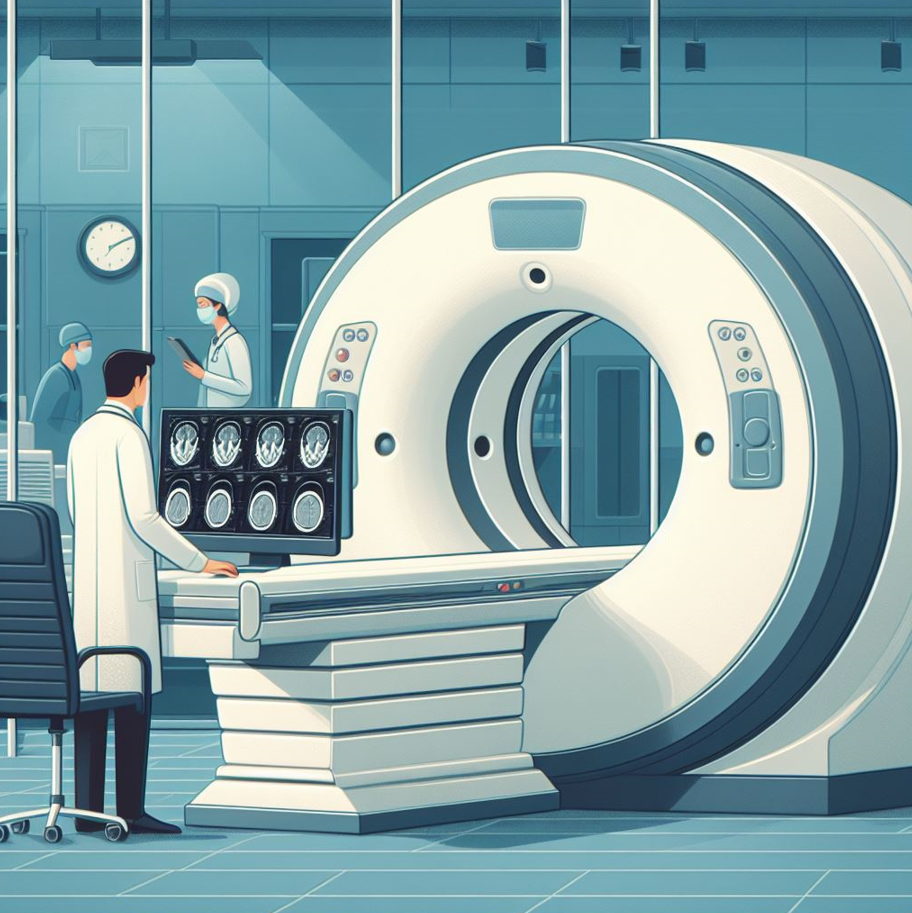
Research and experimentation
Nuclear research reactors are specialised facilities used for a variety of purposes. They typically have a simpler design compared to nuclear power reactors, operate at lower temperatures, require less fuel, and consequently produce less waste. The main goal of most research reactors is not to be as efficient or powerful as possible, but rather to produce a lot of neutrons.
Neutrons are a valuable resource for a number of applications. A prominent application is the study of neutron bombardment effects on reactor materials, which typically leads to long-term material damage. Where this process takes decades to observe in traditional reactors, the same degradation can be seen in a fraction of the time in a high-neutron flux research reactor. The resulting knowledge can be used to improve the longevity, safety, and design of nuclear power stations.
Research reactors are also a useful tool for education and training. They are typically very low power and much easier to control, making them an ideal learning platform to get started on. Some are even being operated by universities to demonstrate nuclear science and technology.
A further application is the production of radioisotopes, the uses of which were discussed above.
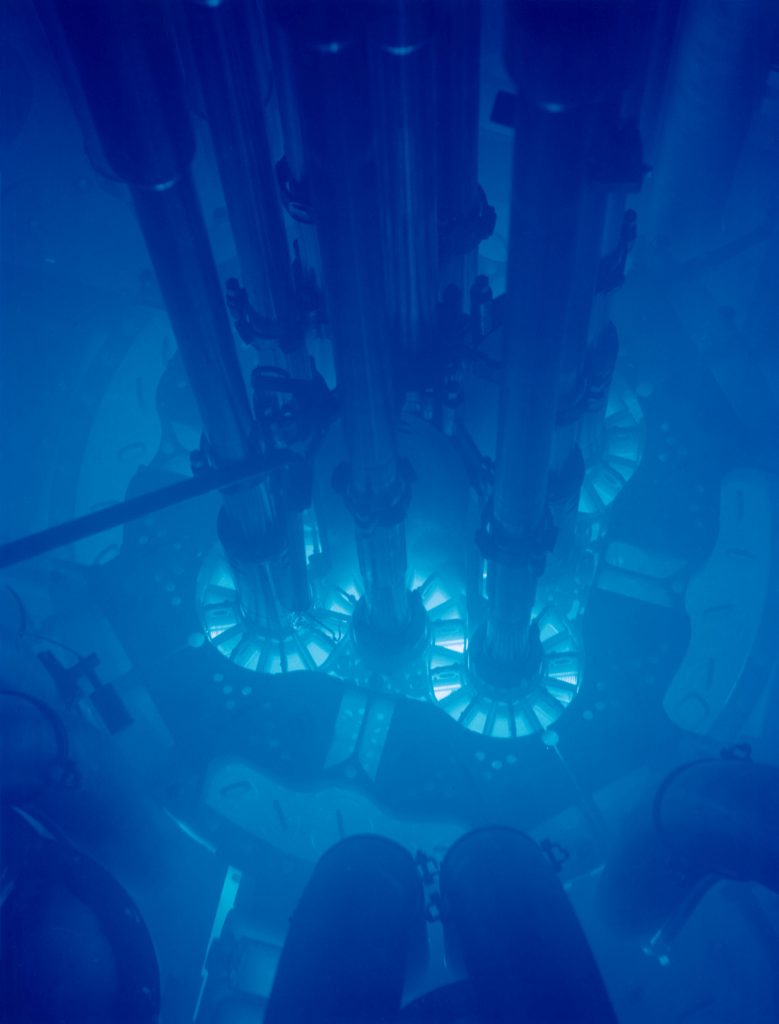
Creation of transuranic elements
The heaviest naturally occurring element on earth is uranium. Any elements with higher atomic numbers are called ‘transuranic’ and must be created artificially. These elements serve a variety of uses, the most well known being plutonium for use in nuclear weapons or fuel, americium for use in smoke detectors and spectrometers, and californium as a neutron source which is used to ‘jump-start’ nuclear reactors. Most transuranic elements are also of interest for research purposes.
Nuclear reactors are instrumental in the production of transuranic elements, due to the need for high quantities of neutrons, which are absorbed into the nucleus, increasing the atomic number of the element.
The properties of transuranic elements significantly impact the nuclear fuel cycle. They affect and often determine requirements and procedures related to handling, storage, reprocessing and disposal of fuels and high-level waste.

Nuclear propulsion of vehicles
Nuclear reactor propulsion refers to the use of nuclear reactions to generate heat, which is then converted into mechanical power for propulsion.
Nuclear propulsion is widely used in maritime vessels, particularly military submarines and aircraft carriers. These vessels use uranium-fuelled nuclear reactors that can provide propulsion for extended periods without refuelling. The most common type of reactor used in these ships is the pressurised water reactor.
The promises of nuclear propulsion captured the imagination of many inventors back when the technology first emerged. There is no shortage of incredible vehicles and concepts, including cars, trains, planes, tanks, and more. For an in-depth exploration of nuclear propulsion, visit our ‘Nuclear Powered Vehicles‘ page.
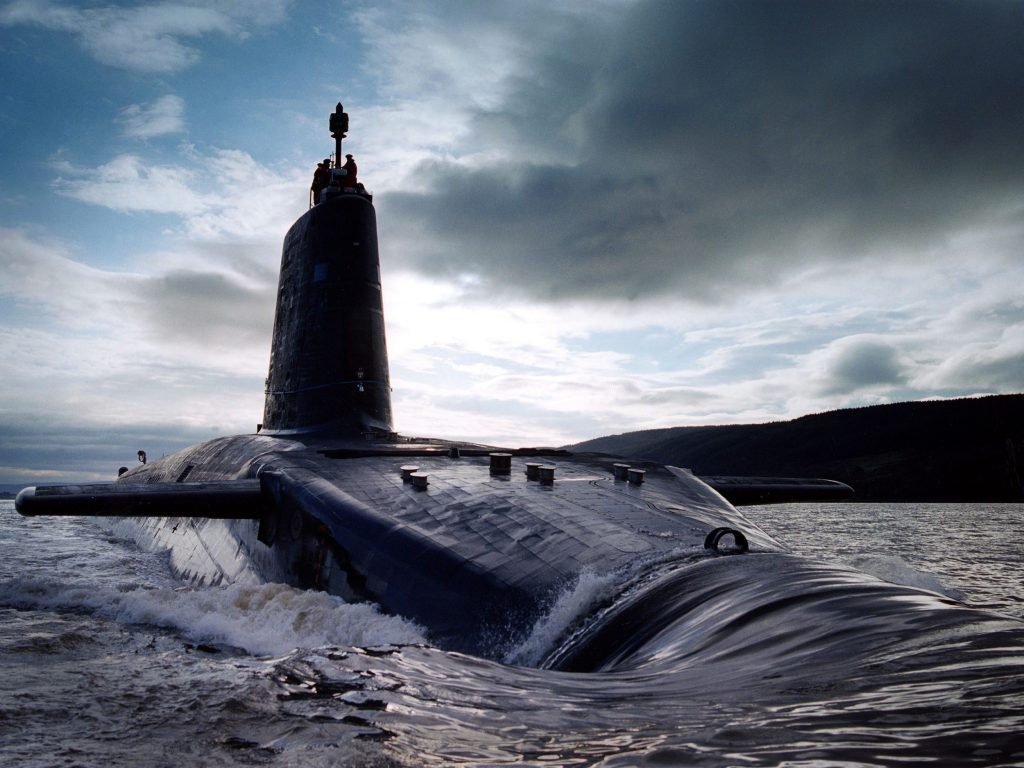
Heat Generation
Nuclear energy has immense potential for heat generation, offering a sustainable and efficient alternative to traditional fossil fuels. One key application is in district heating systems, where nuclear reactors provide a steady supply of steam or hot water to heat residential and commercial buildings.
In industrial settings, high-temperature nuclear reactors can supply the necessary heat for various processes, such as chemical production, refining, and steel manufacturing.
Nuclear energy can also be harnessed for desalination, the process of removing salt from seawater to produce fresh water. By utilizing the heat generated from nuclear reactors, desalination plants can operate more efficiently, providing a vital resource in arid regions facing water scarcity.
Furthermore, nuclear heat can play a crucial role in hydrogen production through thermochemical processes or high-temperature electrolysis. This application is particularly significant as hydrogen is considered a clean fuel with the potential to revolutionize the energy sector.
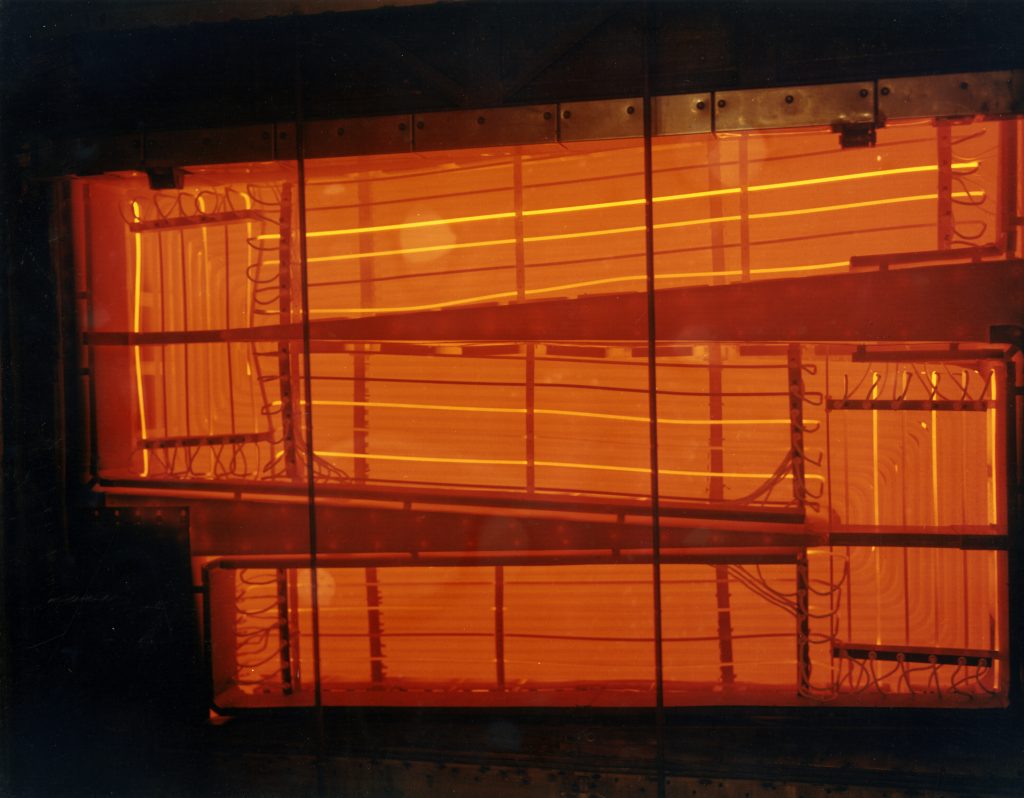
Explore Further
Choose from the articles below to continue learning about nuclear.
Nuclear-Powered Vehicles – The future or just a silly dream?
Nuclear Submarine – The Ultimate Underwater Deterrent
Did you know? Explore Nuclear also offers great careers information and learning resources.
Below you can find references to the information and images used on this page.
Content References
Image References
- Temelin – 5R-MFT – Creative Commons Attribution-Share Alike 4.0 International
- PWR Background – Pexels
- Fuel Assembly Background – Pixabay
- Nuclear Fuel Pellets – Nuclear Fuel Pellets – Creative Commons Attribution 2.0 Generic
- X-Ray Hand Background – Pexels
- Research Background – US Department of Energy – Public Domain
- Advanced Test Reactor – Argonne National Laboratory – Creative Commons Attribution-Share Alike 2.0 Generic
- Plutonium Pellet Background – US Department of Energy – Public Domain
- Enriched Uranium – Public Domain
- USS Nimitz Background – US Navy – Public Domain
- HMS Victorious – LA(phot) Mez Merrill – Open Government Licence version 1.0
- Red and Orange Solar Flare – Pexels
- Heat Exchanger – Oak Ridge National Laboratory – CC BY 2.0
Temelin – 5R-MFT – Creative Commons Attribution-Share Alike 4.0 International
PWR Background – Pexels
Fuel Assembly Background – Pixabay
Nuclear Fuel Pellets – Nuclear Fuel Pellets – Creative Commons Attribution 2.0 Generic
X-Ray Hand Background – Pexels
Research Background – US Department of Energy – Public Domain
Advanced Test Reactor – Argonne National Laboratory – Creative Commons Attribution-Share Alike 2.0 Generic
Plutonium Pellet Background – US Department of Energy – Public Domain
Enriched Uranium – Public Domain
USS Nimitz Background – US Navy – Public Domain
HMS Victorious – LA(phot) Mez Merrill – Open Government Licence version 1.0
